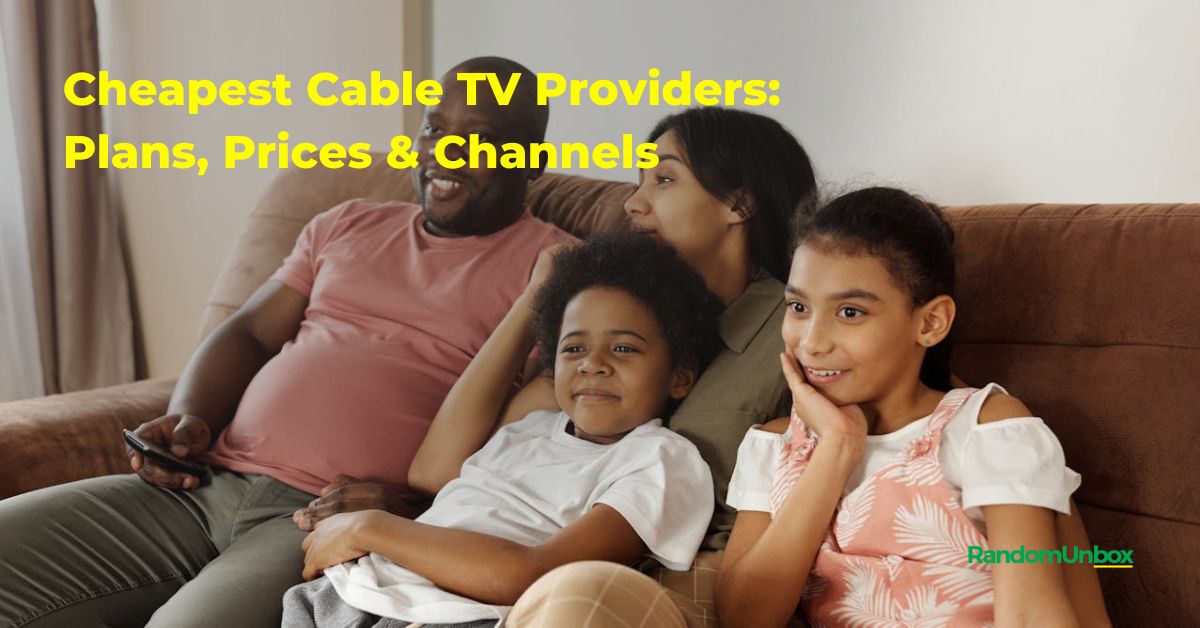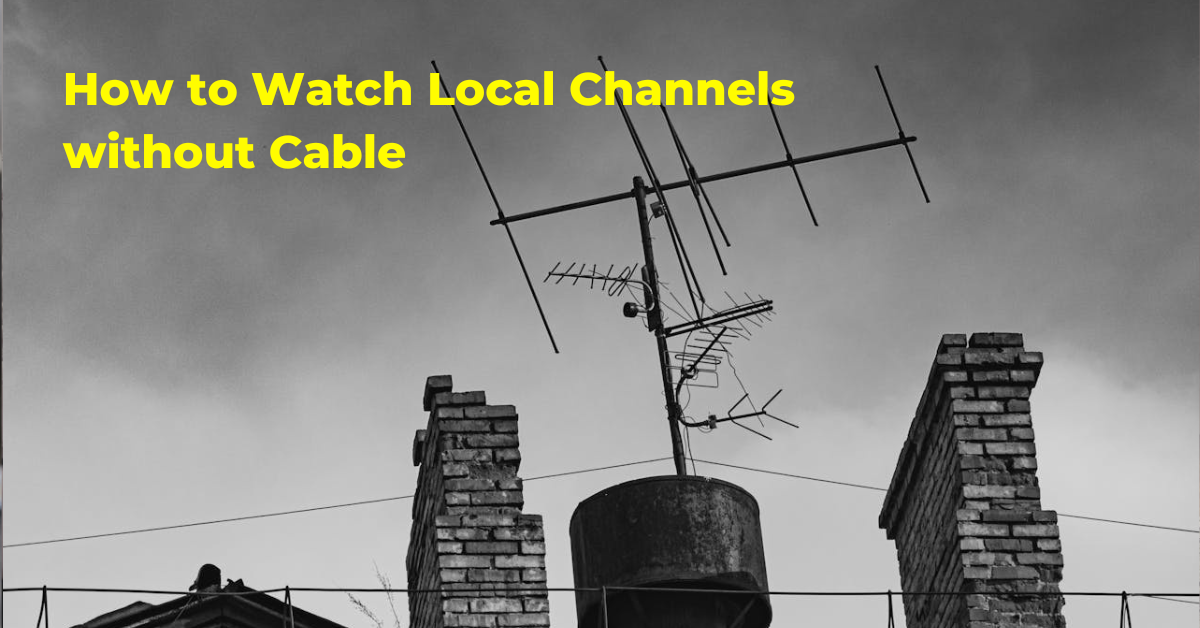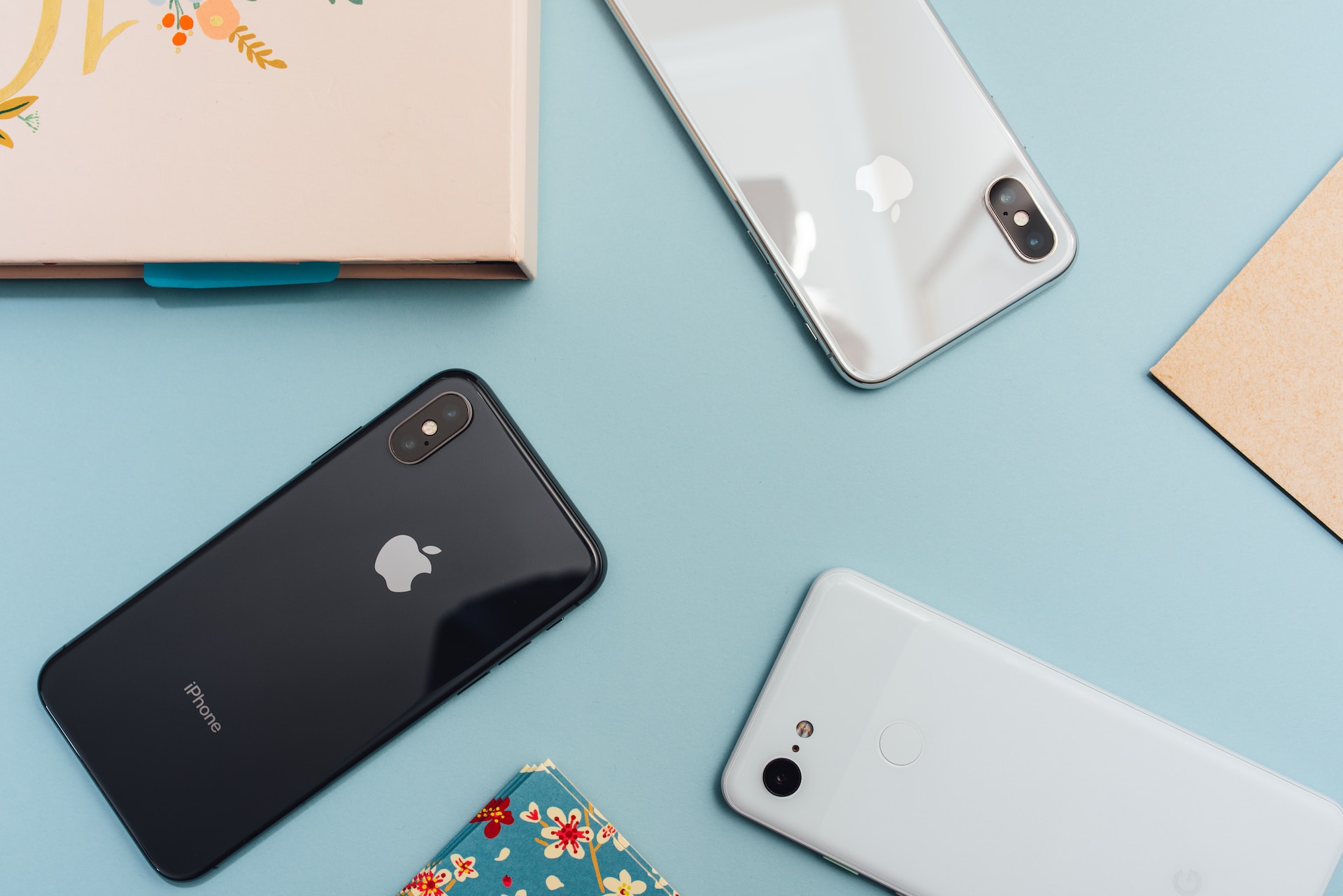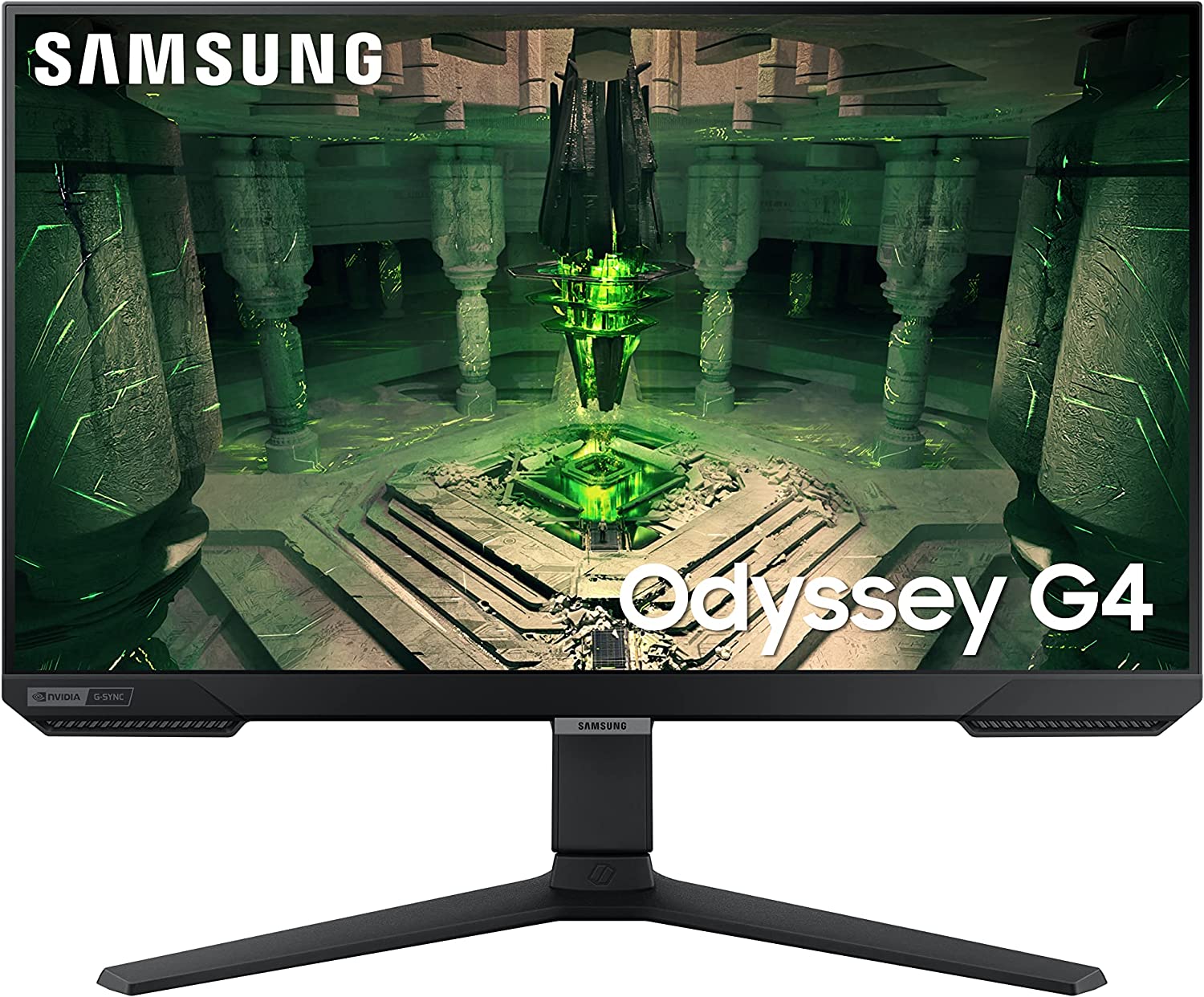Lifeline is a federal program that provides a subsidy for telephone and internet service for low-income households. In Vermont, the program is administered by the Vermont Public Utility Commission (PUC).
Lifeline is just one of the many programs designed to help low-income households make ends meet. Other programs include food assistance, housing assistance, and medical assistance. While these programs are all important, they can only do so much.
Low-income households often struggle to make ends meet due to various factors, including low wages, high costs of living, and a lack of resources. In addition to government assistance programs, several nonprofit organizations assist low-income households.
Vermont Lifeline Qualifying Programs
To qualify for the program, customers must have an income at or below 135% of the federal poverty guidelines or participate in specific government assistance programs.
The discount is valid for one telephone line per household and can be used for either landline or wireless phone service.
The Vermont Public Utilities Commission administers the program, which the Universal Service Fund supports. The Vermont lifeline program is just one of many government assistance programs available to low-income residents. Other programs include food assistance, housing assistance, and medical assistance.
These programs help to ensure that low-income individuals and families have access to affordable voice and broadband services.
Vermont Lifeline Program Eligibility
- Medicaid
- Supplemental Nutrition Assistance Program (Food Stamps or SNAP)
- Supplemental Security Income (SSI)
- Federal Public Housing Assistance (Section 8)
- Low-Income Home Energy Assistance Program (LIHEAP)
- Bureau of Indian Affairs General Assistance
- Tribally-Administered Temporary Assistance for Needy Families (TTANF)
- Food Distribution Program on Indian Reservations (FDPIR)
- Head Start
- State assistance programs
In addition to the Federal Poverty Guidelines, other qualifications for the Lifeline program’s eligibility include being a U.S. citizen or legal resident and not having Lifeline service at another location.
Vermont Lifeline Income Guideline
| Household size (number of people) | Eligible annual income per household |
|---|---|
| 1 | $17,388 |
| 2 | $23,517 |
| 3 | $29,646 |
| 4 | $35,775 |
| 5 | $41,904 |
| 6 | $48,033 |
| 7 | $54,162 |
| 8 | $60,291 |
| For each additional person, add | $6,129 |
Lifeline Service Providers in Vermont
- Consolidated Communications 1-844-968-7224
- Burlington Telecom 1-866-304-8434
- Life Wireless (Telrite) 1–888-543-3620
- Franklin Telephone 1-802-285-9911
- Otelco (Shoreham) 1-866-746-3873
- QLink Wireless 1-855-754-6543
- SafeLink (TracFone) 1-800-Safelink (723-3546)
- TDS Telecom (Ludlow, Northfield, Perkinsville) 1-866-571-6662
- Topsham Telephone 1-802-439-5325
- *TruConnect Communications 1-800-430-0443
- Waitsfield/Champlain Valley Telecom 1-800-496-3391
- Vermont Telephone (VTel) 1-800-279-4049
Vermont ACP Benefits
The Affordable Connectivity Program (ACP) offers eligible households a monthly discount on internet access of up to $30 and up to $75 for homes on qualified tribal territory. Suppose the customer contributes more than $10 but less than $50 toward purchasing the device. In that case, several participating providers are providing an additional advantage of up to a $100 discount on purchasing PCs or tablets.
Apply for the Affordable Connectivity Program (ACP)
- ACP application
- Application questions: [email protected] or 1-877- 384-2575 (toll-free)
Households with at least one person who meets any of the following requirements may now enrol in the ACP:
- Participation in specific assistance programs, such as SNAP, Medicaid, Federal Public Housing Assistance, SSI, WIC, or Lifeline;
- An income that is at or below 200% of the federal poverty guidelines;
- Approval for benefits under the free and reduced-price school lunch program or the school breakfast program, including through the USDA Community Eligibility Provision;
- Eligibility for a participating provider’s existing low-income program.
- Participation in Tribal specific programs, such as Bureau of Indian Affairs General Assistance, Tribal TANF, or Food Distribution Program on Indian Reservations;
- Recipient of a Federal Pell Grant during the current award year; or
Vermont Universal Service Fund (VUSF)
The amount varies across businesses depending on the provider and the service cost but may not exceed $4.25 per month or the amount of the VUSF credit you earned as of November 1, 2017. Vermont’s Universal Service Fund (VUSF) offers an additional discount on telephone service only. Please visit the Department’s homepage for the Vermont Universal Service Fund for further information.
Other carriers may provide a discount for low-income customers, but they are not compelled to do so, and the VUSF does not compensate them for their expenses.
Vermont Lifeline Program Service:
- Mobile Lifeline Service
- Fixed Lifeline Service
- ACP Home Internet
- ACP Mobile Internet
Affordable Connectivity Program Providers
- Fixed broadband services are a fantastic replacement for established internet service providers (ISPs). They are affordable compared to other internet services, quick, and dependable. These include cable, fibre optic, DSL, and fixed wireless services.
- Mobile broadband services are device-based and available within the service provider’s cellular coverage area, much like cell phone services.
Affordable Connectivity Program: Internet Discount Explained
FAQs
What is Lifeline?
Although Lifeline has existed for some time, not many people know it. It’s a government initiative that gives eligible customers a break on their recurring local phone or internet payment. For eligibility, each state has its requirements. There are primarily two methods to be eligible for Lifeline.
What is the Affordable Connectivity Program (ACP)?
A federal program called the Affordable Connectivity Program (ACP) gives eligible households access to low-cost internet service. The initiative aims to assist households that cannot afford to use private internet service providers (ISPs).
Which internet service providers are participating?
The ACP is being used by several broadband providers, including those providing wireless and landline broadband. There may be a variety of providers available depending on where you live. Contact the broadband providers in your area to find out about their plans for program participation and qualified service offers.
How do I get a Free computer or tablet?
If a household purchases a connected device for more than $10 but less than $50 from a participating broadband service provider, the provider may receive a reimbursement of up to $100.
To put it another way, you have to use your partnering broadband provider to take advantage of this benefit, and you’ll have to pay a share of the price. Only laptops, desktop computers, and tablets qualify for the device bonus. Cell phones aren’t a part of it. They only allow one gadget per household.
What if I live on tribal lands?
Customers who reside on tribal grounds may be eligible for additional federal financial aid for local telephone service under programs established by the Federal Communications Commission.
Additionally, financial assistance is offered to cover the expense of new telephone service. For further information, contact the tribe office or the Community Action Partnership office in your area.









